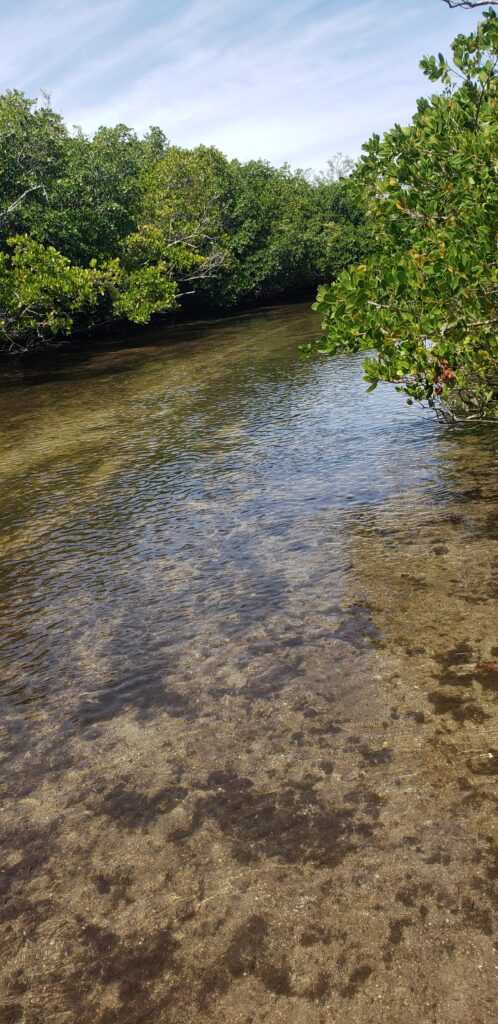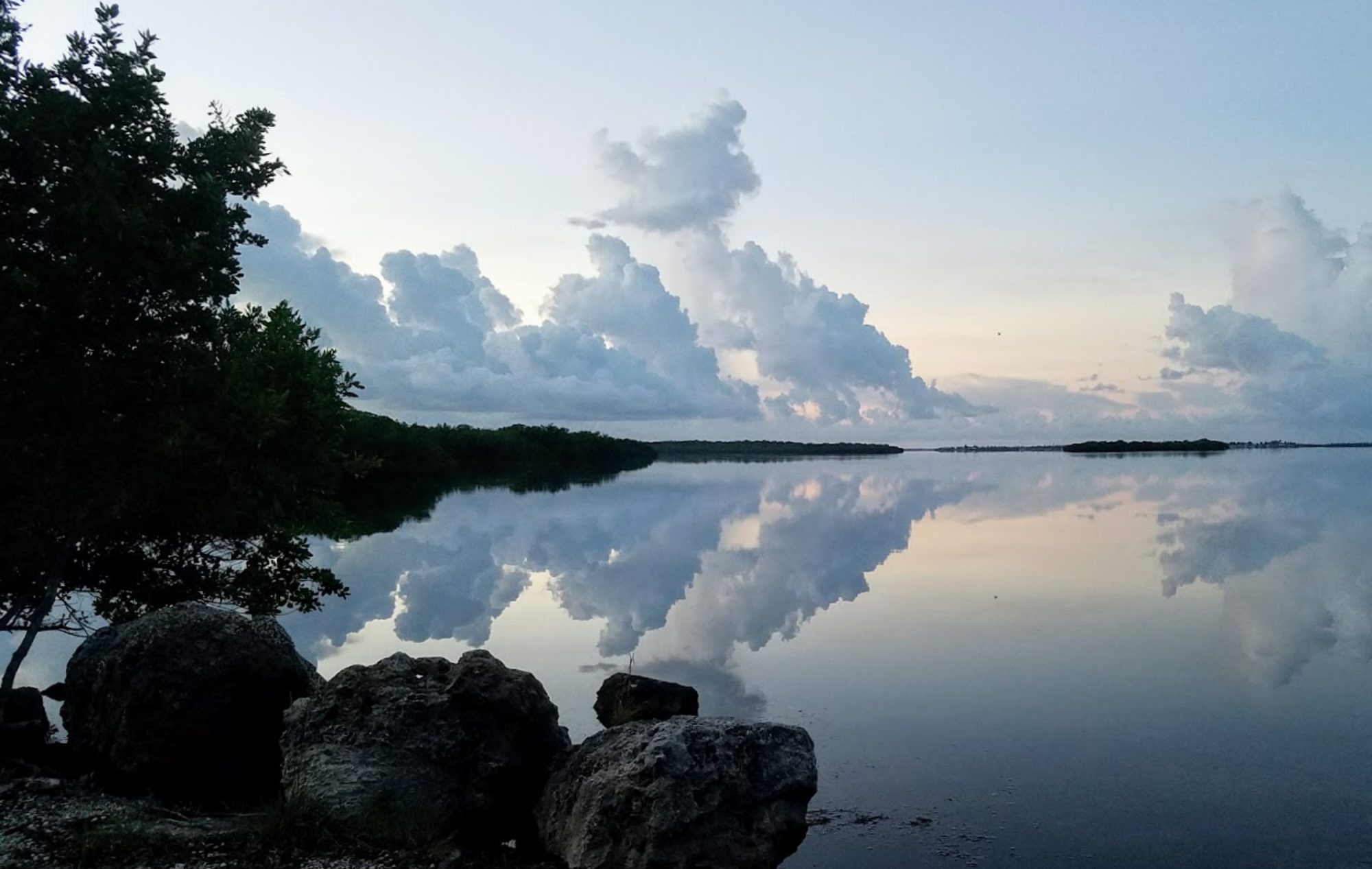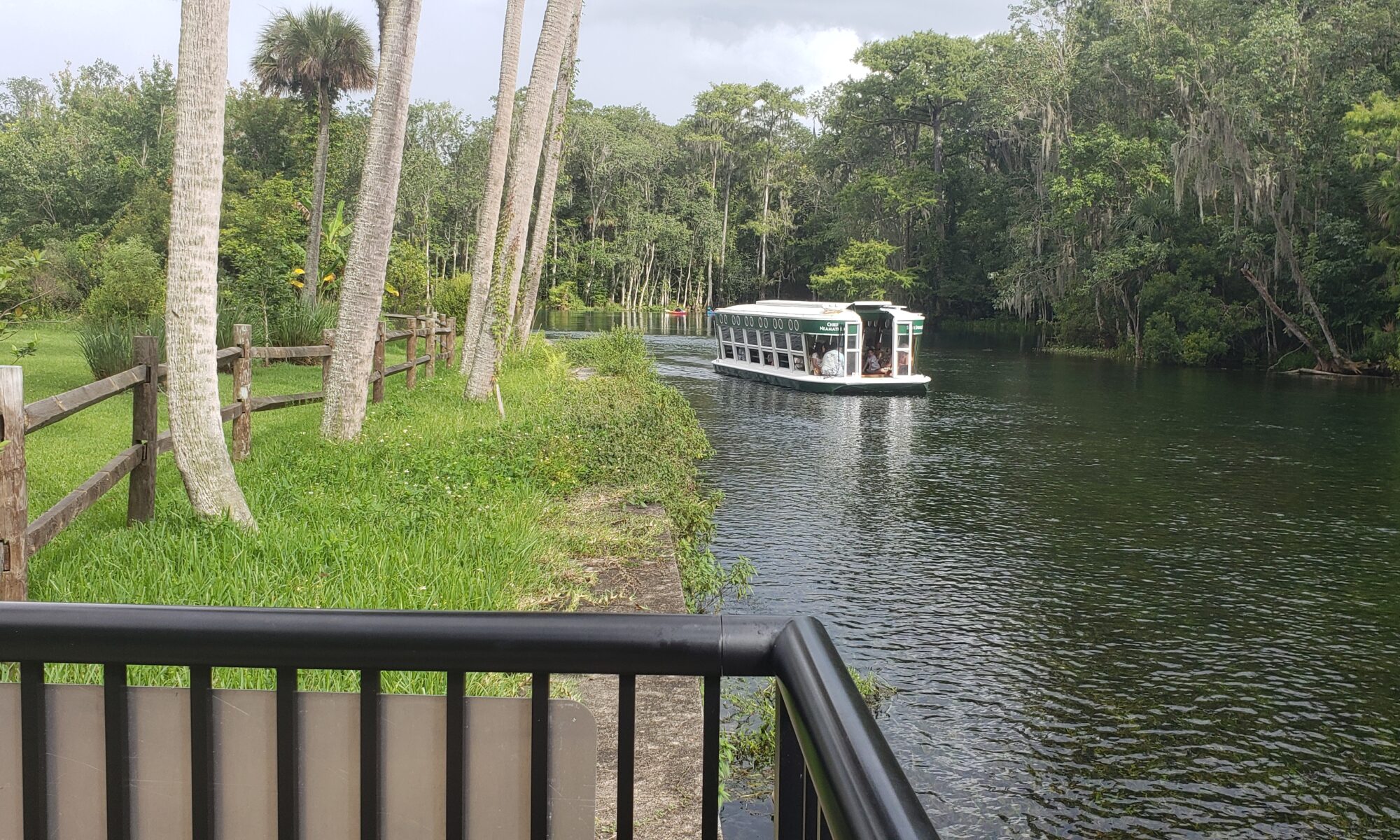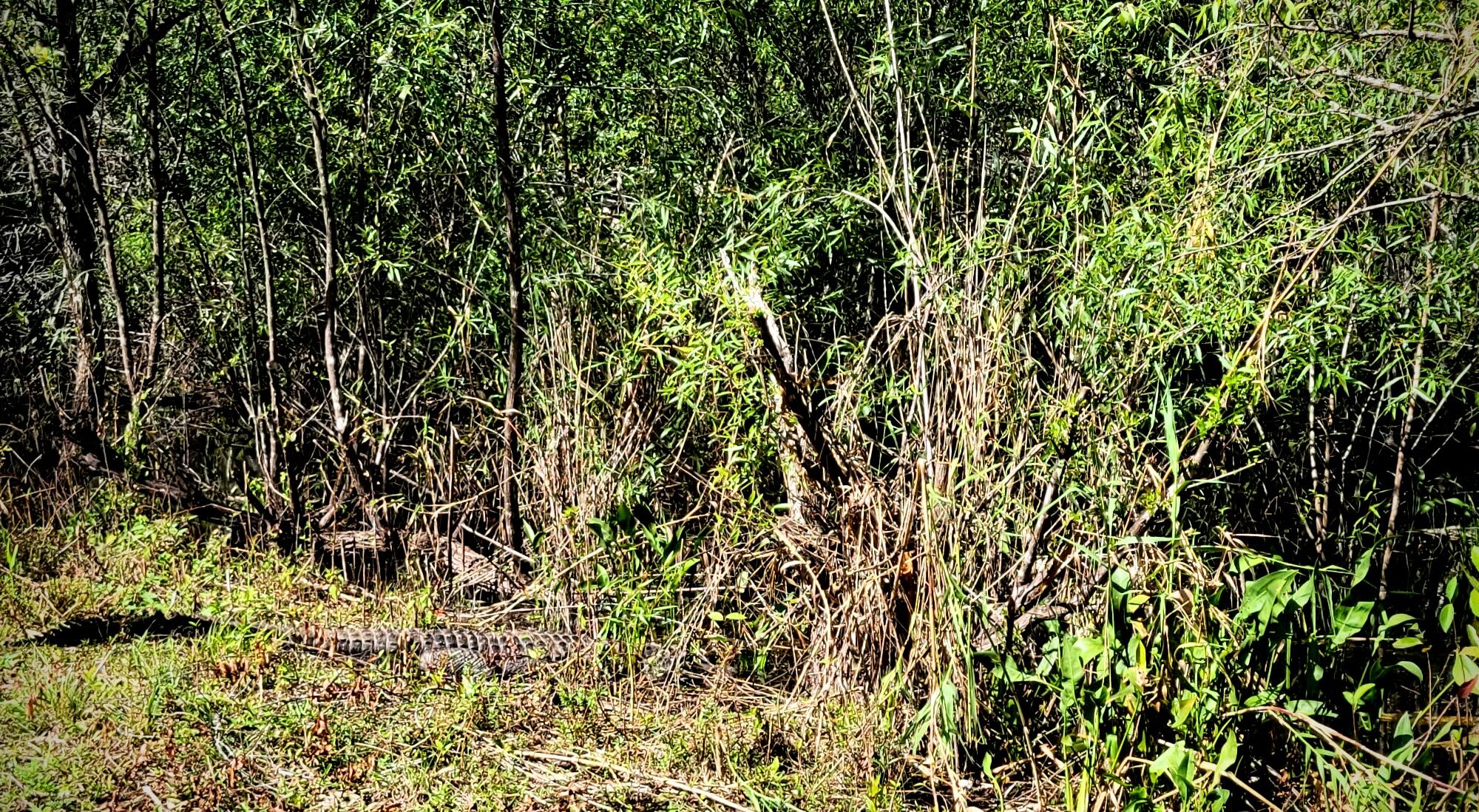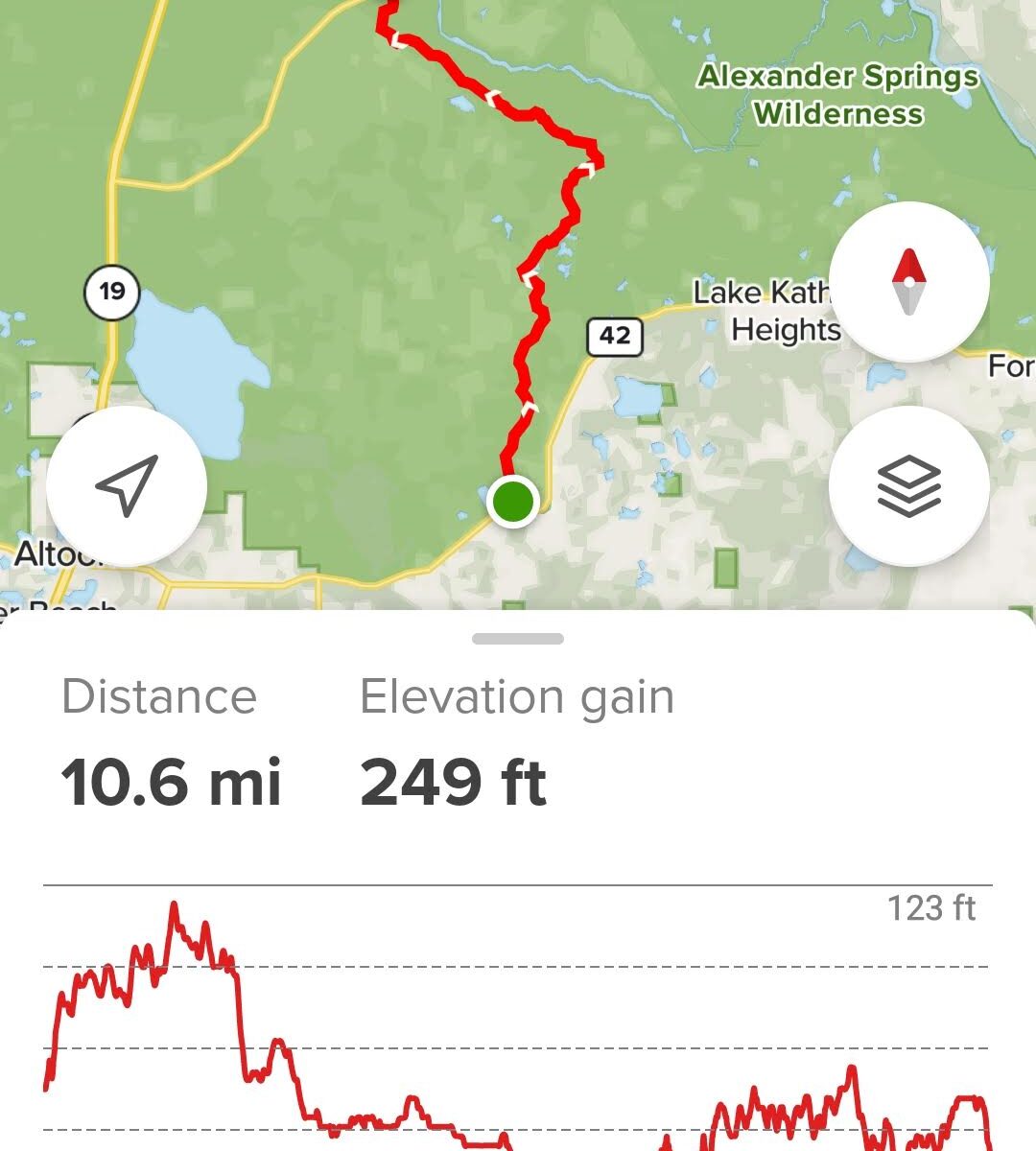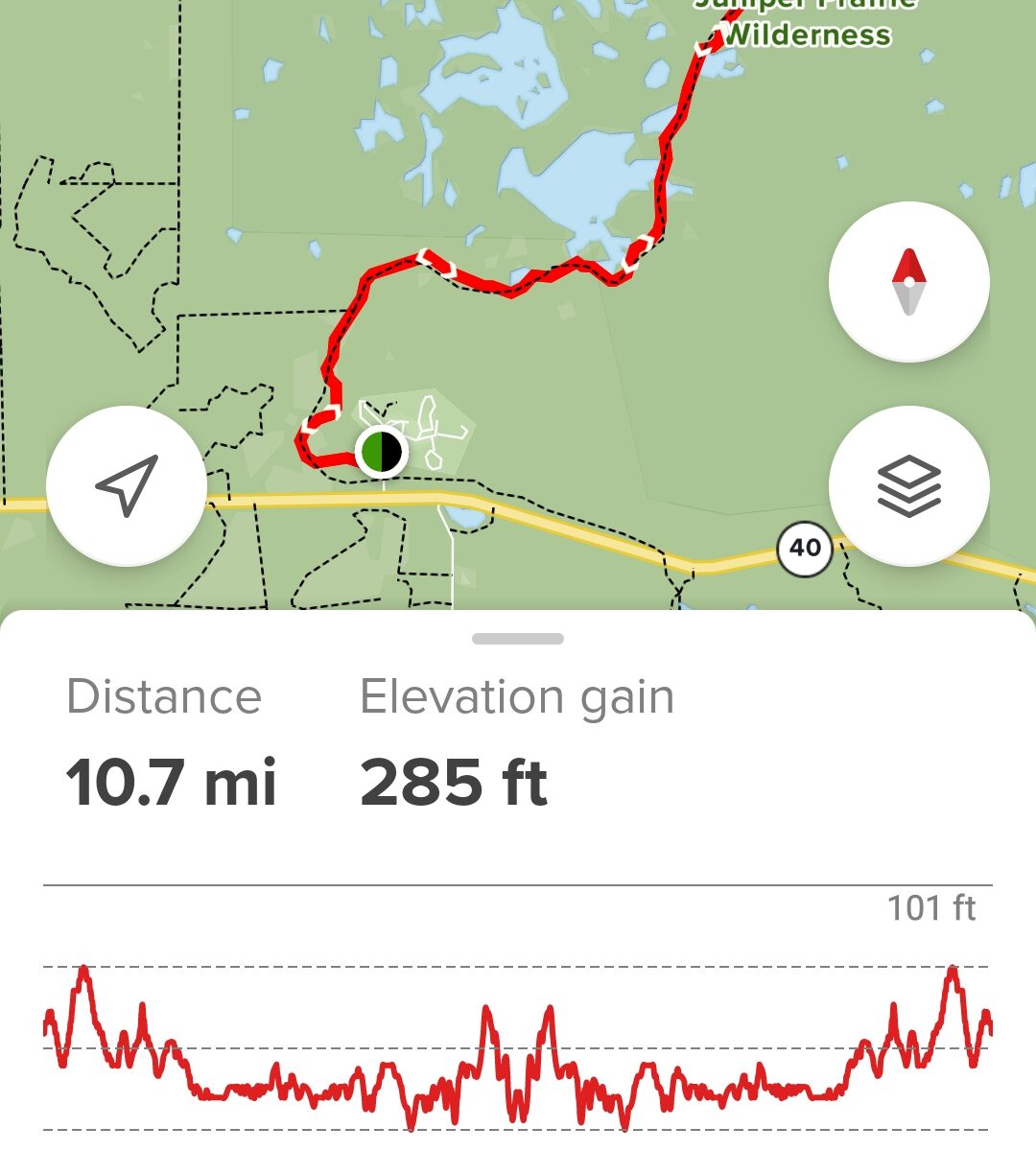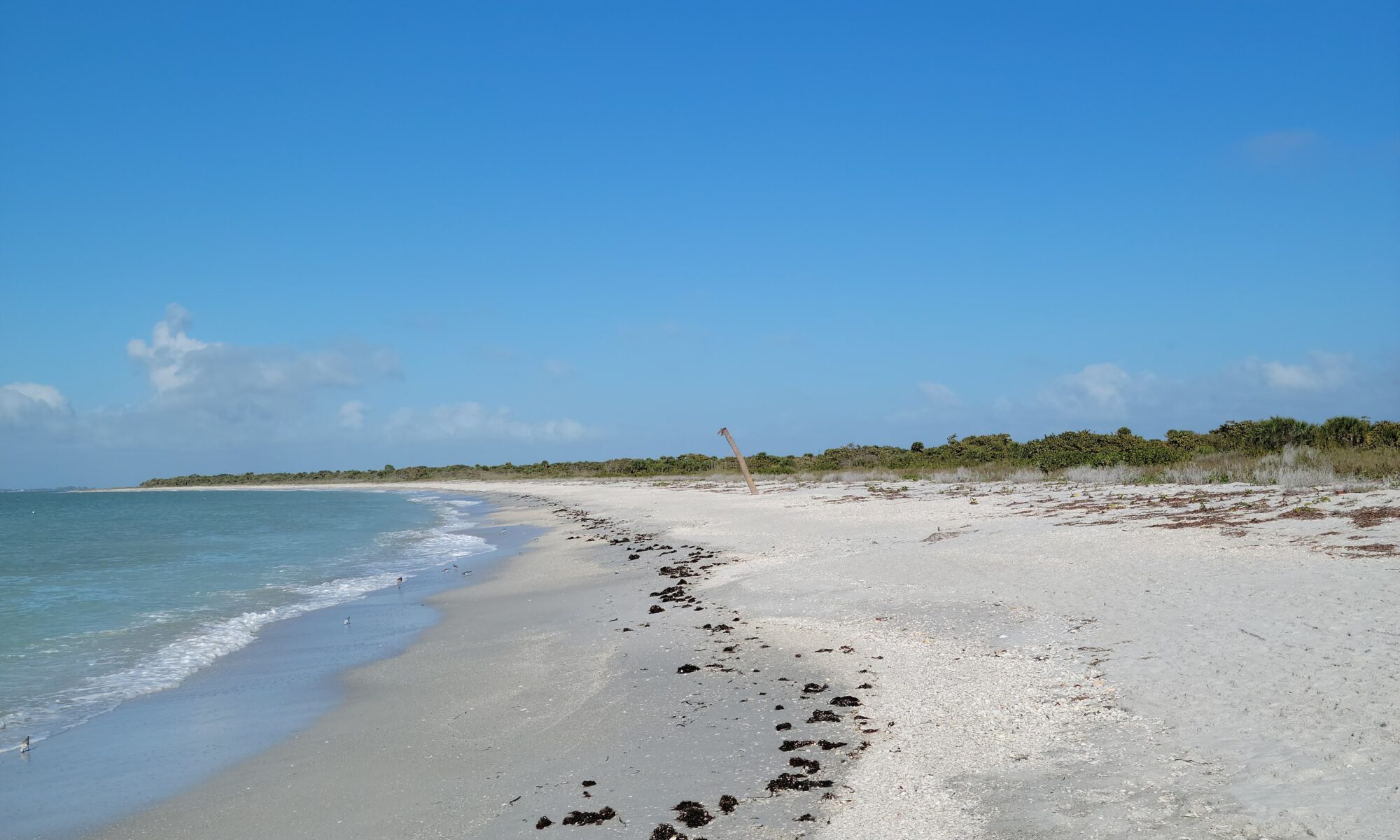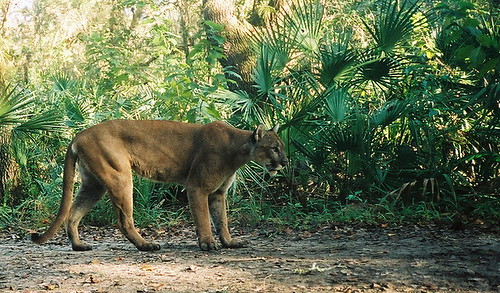Visiting the main park at Silver Springs is a bit of time traveling. Once a privately owned park, it sometimes hosted small concerts and large car shows, and it retains an air of those glory days. While it is near the Ocala National Forest, it is not part of the Forest.
Continue reading “Silver Springs – The Main Spring Area”Jane’s Scenic Drive: Now With Fewer Potholes
Steve and I recently drove on Jane’s Scenic Drive and we were . . . well, I guess conflicted is the right word. Jane’s Scenic Drive is in the Fakahatchee Strand Preserve State Park. The Fakahatchee is home to so many plants and animals found only in the continental US that I’m not even going to attempt to list them. The Ghost Orchid is probably only behind the Florida Panther as the best-known Strand resident.
Continue reading “Jane’s Scenic Drive: Now With Fewer Potholes”Hiking Clearwater Lake to Alexander Springs in Ocala National Forest
Brief History of Florida Trail
Nearly 60 years ago, the first section of the Florida Trail was begun just a few short miles from my home. Less than 20 years later, the trail earned congressional recognition and nis now known as the Florida National Scenic Trail. Today, this trail runs north from Big Cypress National Preserve to Gulf Islands National Seashore in the panhandle. There are numerous side trails and spur trails to local sites of interest. There are multiple websites and mobile apps that make navigating the Trail something anyone can do, and I encourage you to get out there and see a mile or two of the over 1000 miles of trail.
Continue reading “Hiking Clearwater Lake to Alexander Springs in Ocala National Forest”A Treasure in Ocala National Forest: Juniper Wilderness
Ever since I fell in love with The Yearling Trail, I’ve wanted to hike in more areas of the Ocala National Forest. This treasure is practically in my back yard. Taking friends into the forest to enjoy the peace and quiet and to appreciate the value of the Florida scrub is easily done. When I realized that the hike from Juniper Springs through the Juniper Wilderness to the Hopkins Prairie campground is only about 10 miles from end to end, well within the limits of what I can comfortably cover in a day, I got a small group together and we headed out.
A Chilly Morning
Every adventure I’ve had this year has involved an extra layer of clothing! This cold day was no different. A long sleeved t-shirt made a warm enough layer and was easy to peel off later in the day. We met at Juniper Springs and parked, comparing jackets and gloves, watching our breath condense in the air, and marveling at the chill, which we don’t often get here in central Florida.

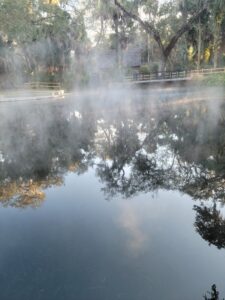
Some of us stopped to use the restroom (because, you know, COFFEE) while others walked down to the spring. At the springhead, we were treated to a primeval scene of mist moving like the spirit of God over the face of the water. We also captured a bit of sweet wildlife that none of us had seen before. We hope the little bunny gets safely home!
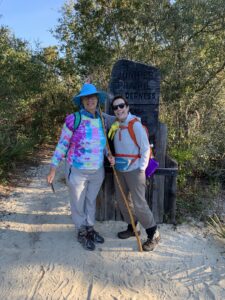
Photo credit: Lisa Kinsinger DuRant
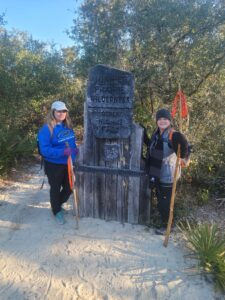
From the trailhead, we set out into the morning chill. The sun was fully up and our hands stiff from cold. Soon, however, the peace of the forest and the beauty of the trail took our mind off of the possibility of frostbite. By the time we reached the Juniper Wilderness, we had shaken off the cold and felt comfortable.
The Viking
Almost immediately after the above photos were taken, we met with what we collectively call The Viking. This guy wore a horned helmet, was enormous and shirtless, and carried an ax and a spear. His heavy guyliner looked, well, frankly he just looked dirty. Seriously, I was glad to be part of a group when we crossed his path. He was perfectly polite, though, stepped well off the trail to let us pass him and wished us a good morning. Fascinated by his ax, which was covered in fur where the blade met the handle, I asked him what he was chopping. He said it was for protection, so I smiled nervously, and walked past. Lisa, the selfie queen of our group, later said she couldn’t believe she didn’t ask him to take a selfie with her. I wish we had photographic evidence of the encounter!
That was, other than the little green bunny outside the restrooms at the Spring, almost (but not quite!) the only wildlife we saw on this hike. But the Wilderness has more to offer than wildlife. The morning sky was a cold, crisp blue to match the temperature. While we roughly paralled S.R.19 for a long part of the hike, there were also stretches where we were surrounded by nothing but stillness and silence.
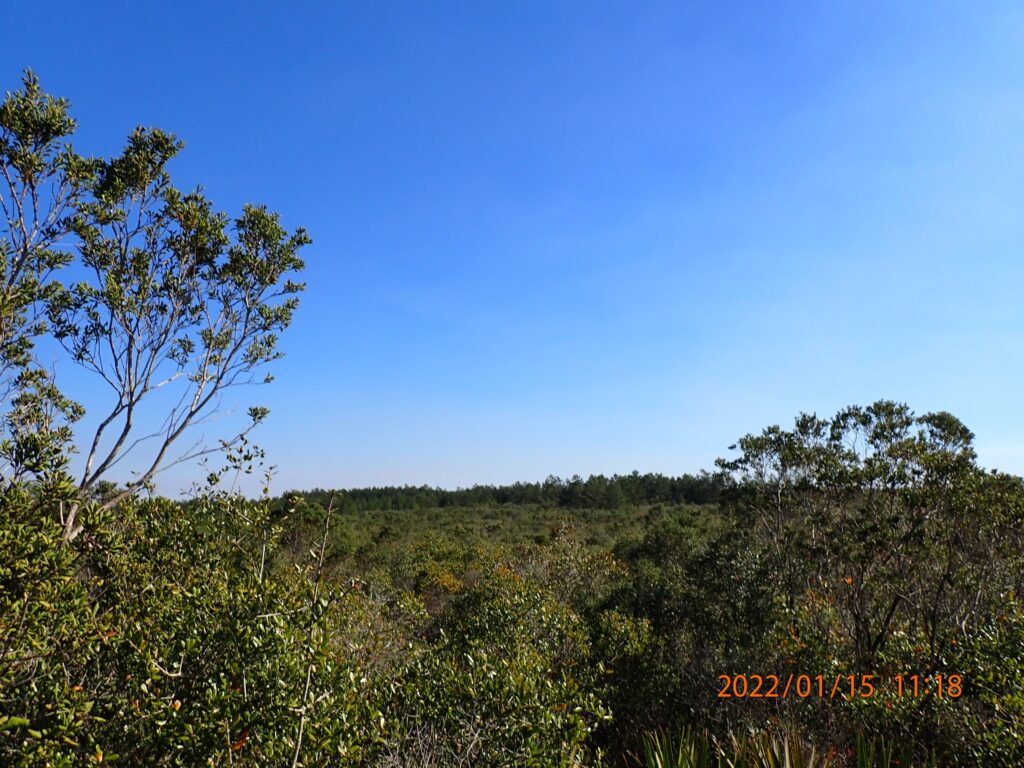
Water, Water Everywhere
There were two small creeks that we crossed before the halfway point of our hike. The first, Whisper Creek, had two skinny logs that we carefully made our way across. Whiskey Creek had a board as a bridge. Neither of these should make you wary – the water is very shallow and a good jumper could clear either of these little streams.
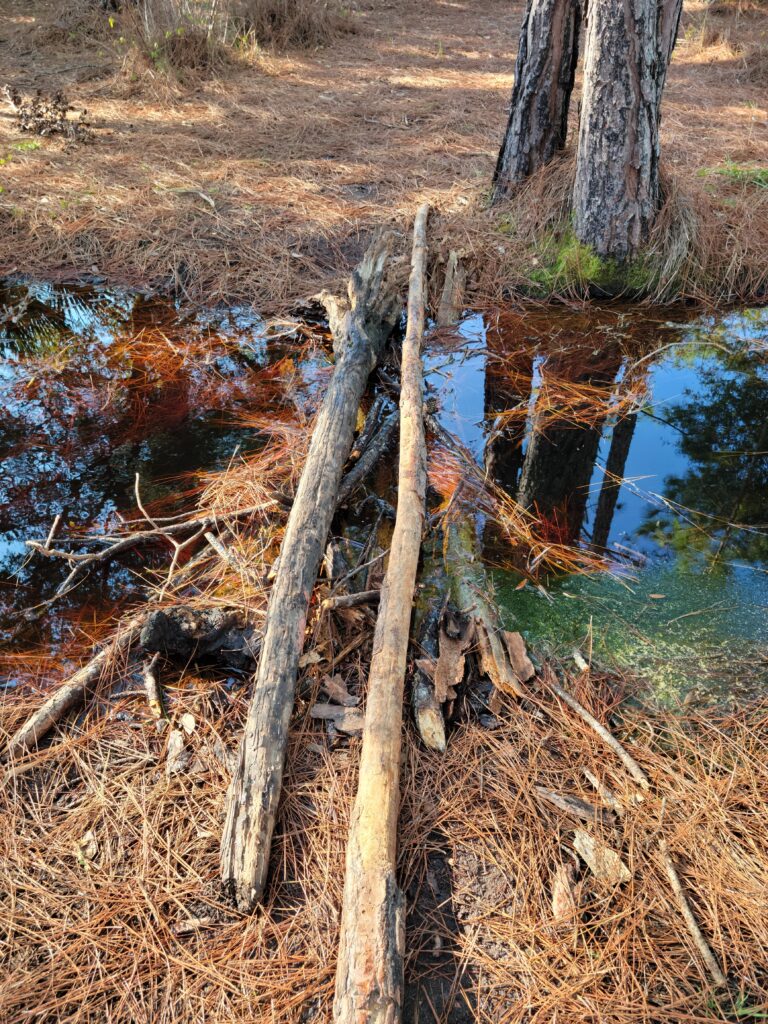
We enjoyed being apparently the only people on the trail. Of course, there were others ahead of us and behind us, but not close enough that we were aware of them most of the time. We loved the evidence of other hikers, like this key left in a crevice of the bark of a tree. Was it a message? Simply found on the trail and left in a visible spot? Who knows? What do YOU think it means?
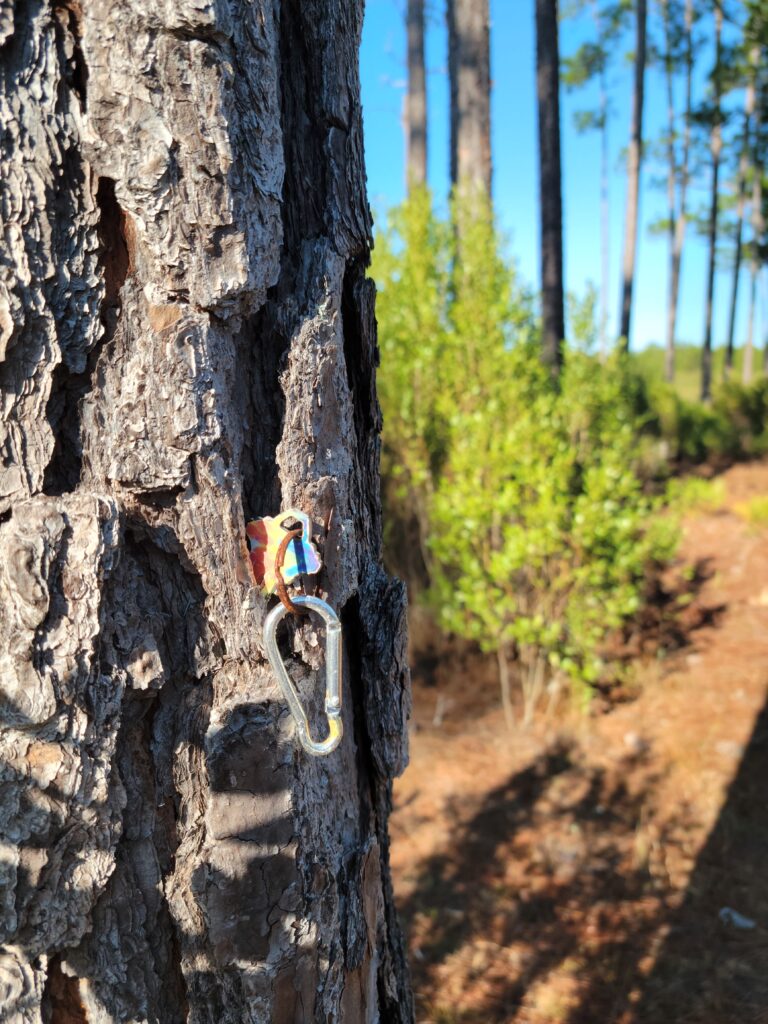
Hidden Pond
Hidden Pond is the approximate halfway point on the trail from Juniper Wilderness to Hopkins Prairie. I had read that the pond area is overused, with lots of garbage and rowdy campers. We did not observe this when we stopped to enjoy a raucous scrub jay’s welcome to this pretty spot. This was the first time Sue saw a scrub jay, and this one kept her entertained for several minutes before it moved on.
It is obvious that humans have made an impact here, but it was not covered in trash as I had expected. We enjoyed stopping for lunch and a thoroughly enjoyable rest. A Ranger visited with each group at the Pond to remind us to make sure all fires were put out completely. Once again, Lisa forgot to get a selfie. I wish she had, because that Ranger was pretty cute! He was also really nice and spoke with us at length about his experiences in other National Forests. I was disappointed that he did not recognize Ocala National Forest as the paradise it is. . .apparently he prefers mountains and year-round hiking opportunities. I must agree with him that summer hiking is nearly impossible in Florida.

Steve and I love to take foot-selfies, to remind ourselves that we have traveled so many exciting roads together. Now I have a new group of friends with whom I can make fun memories and use feet as a reminder of travels.
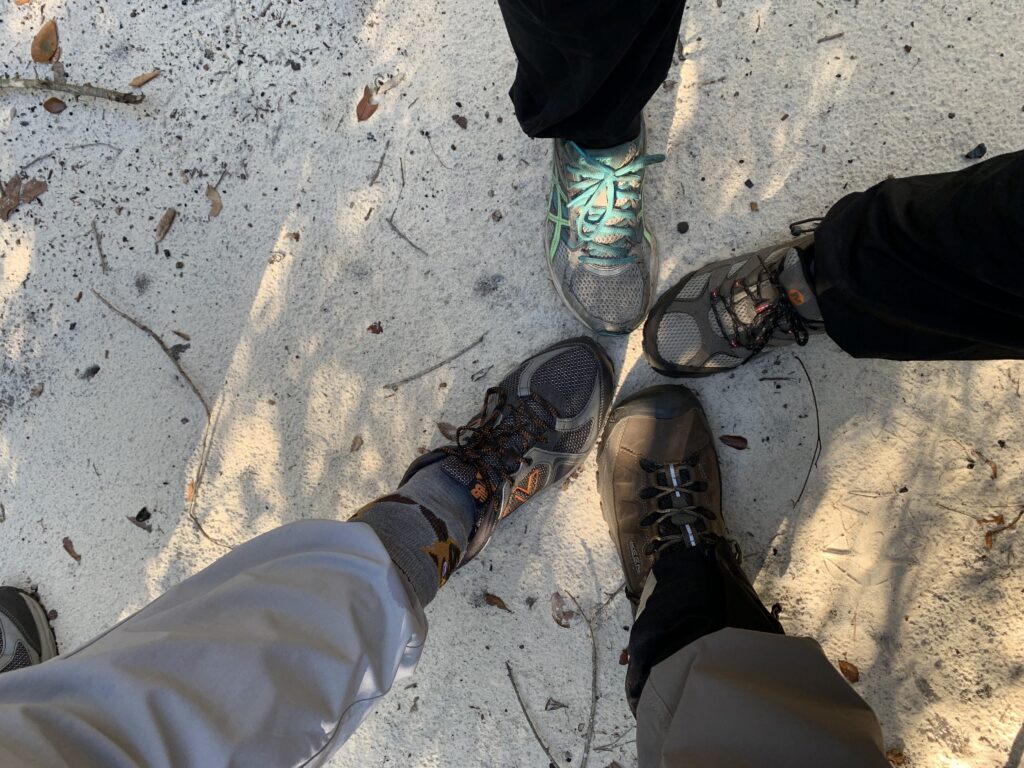
. As the Girl Scouts sing, “Make new friends, but keep the old. One is silver and the other is gold.” Lisa and Judy are my gold friends, and Sue is silver. I’m glad she joined us on this trip and hope we will share hikes together frequently
Yearling Trail Detour
We finished our hike with a detour to the Long Family Cemetery and the Yearling Trail sinkhole. These beautiful spots are refreshing and soothing. If you hike the Juniper Wilderness Trail, I highly recommend making this short detour. We watched a pair of hikers playing at the bottom of the sinkhole, and they found a rope swing! As many times as I’ve looked into that gigantic hole, I’ve never noticed the swing before! There’s always something new and wonderful on these trails.
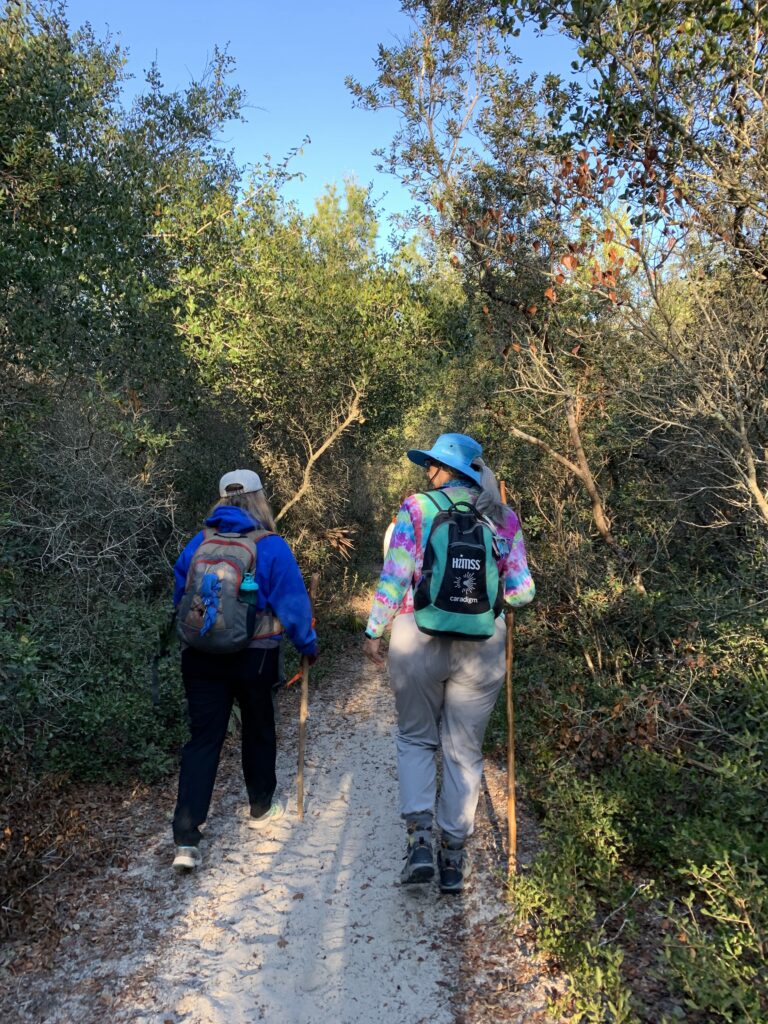
New Year at Cayo Costa
Okay, maybe we didn’t really ring in the New Year at Cayo Costa, but we got there as quickly as we could! We began our adventure by traveling to Pine Island and handing off our camping gear to the helpful folks at the Tropic Star ferry, and enjoyed the short boat ride to Cayo Costa State Park.
We had done a day trip to Cayo Costa before, but felt that it just wasn’t worth the travel time. We wanted a better experience, and so we decided to stay for several days just as soon as I could get a reservation to camp.
You already know that I’m a tent camper at heart, but I’ll camp in the pop-up with Steve. There’s no way to get a pop-up on the ferry, so instead, we rented a cabin. Florida State Park cabins are generally almost luxurious, with full kitchens and bathrooms. This cabin was rustic, and we just loved it! There were 6 bunks, a picnic table, a couple of small shelves, and plenty of nails from which to hang lanterns or wet towels or whatever else needed hanging. Just outside the door was another picnic table, a fire ring, and a grill.
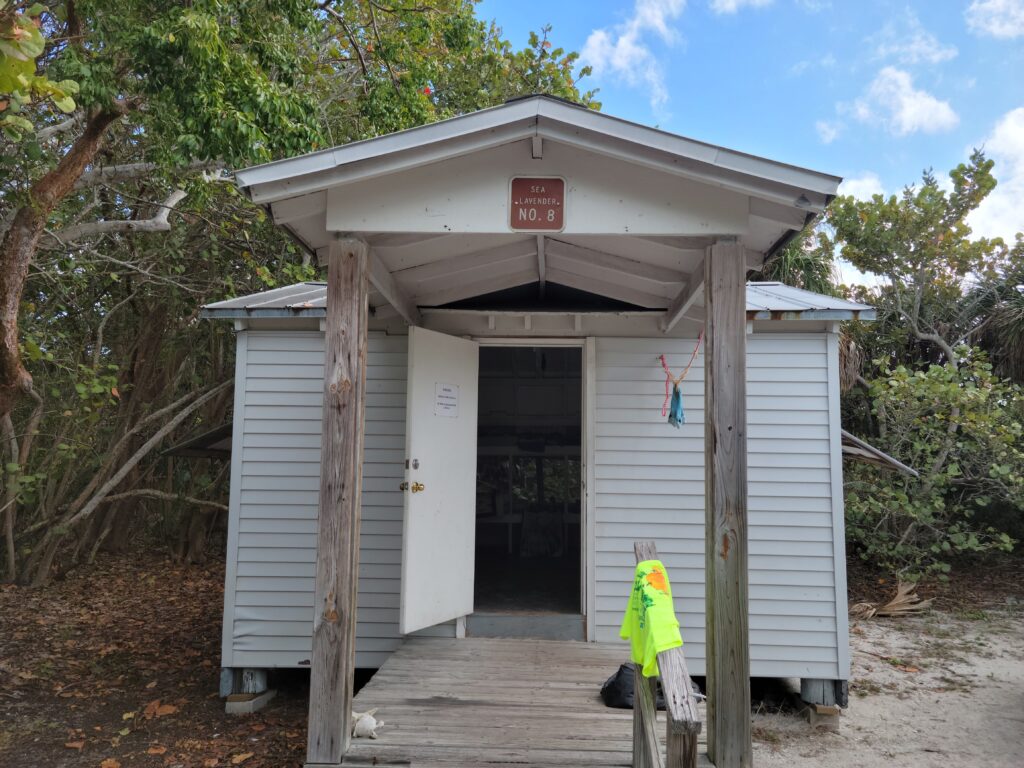

We ended up doubling the mattresses on the two lower bunks we occupied, and were still not quite comfortable, but we were able to sleep. Notice the large windows right next to the lower bunks! These made sure we always had a breeze and help keep the cabins habitable during the long hot summers.
Next to our cabin was a bathhouse comprising restrooms, outdoor showers, and a dishwashing sink (cold water only!). The restrooms were locked during our entire stay, but the new bathhouse was just a short walk away. I’m glad the “big” bathhouse was convenient, because the little shower looked pretty grubby. Full disclosure: I used it anyway, because it offered WAY more privacy than the showers at the big bathhouse, which are outdoors and fully open on one of the wide sides!
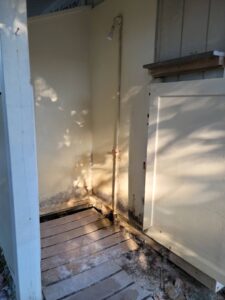

THERE IS NO ELECTRICITY FOR CAMPERS ON CAYO COSTA. I put that in all caps not because I was surprised, but so that YOU won’t be surprised. Cayo Costa is not the Florida State Park camping experience you’ll get at most parks. The lack of electricity is the biggest difference but here’s my favorite difference: the peace and tranquility of being on an island where the only other people for most hours of the day are fellow campers.
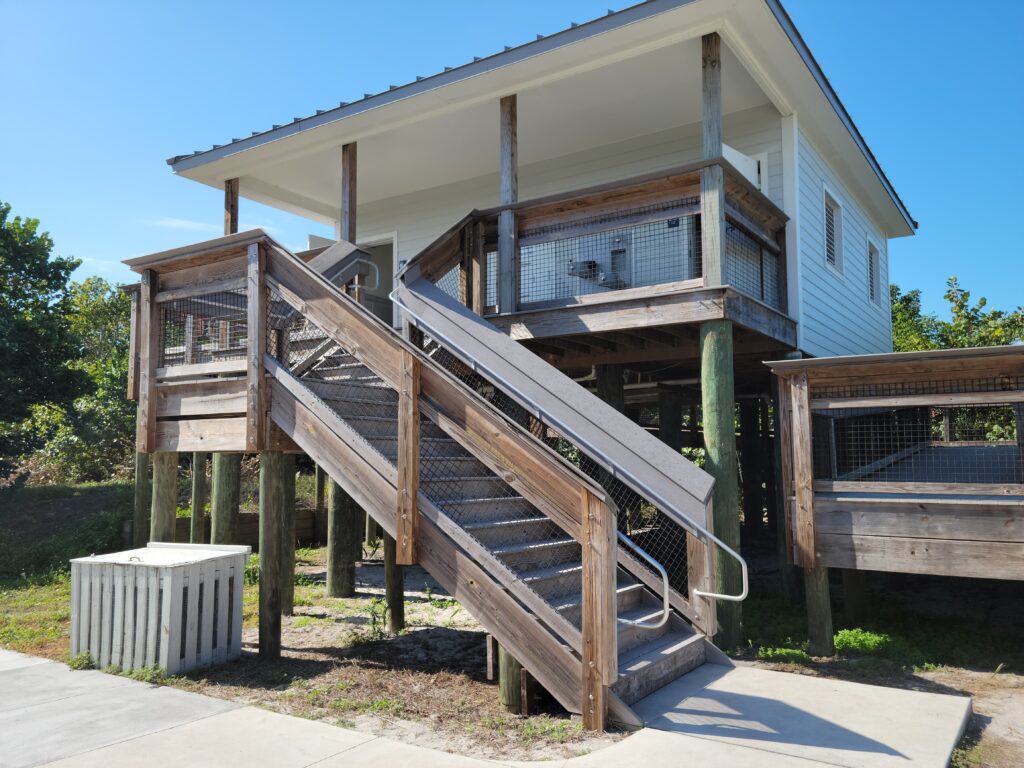
Once the ferry docked at Cayo Costa, we were instructed to load our camping gear in the back of the pick-up truck and take a seat on the tram. The Ranger delivered campers to their sites less than a mile from the dock. We made our beds, made ourselves a cold drink, and prepared for an afternoon walk on the beach. I changed into my sunglasses, which I would not mention except for the fact that . . . well, I’ll tell you why later.
During the winter, the last ferry for day-trippers leaves the island at 2:00. So for the rest of the day, only campers and rangers are on the island. This, friends, is bliss. We walked and walked and walked some more, and saw very few people. What we saw a lot of were shells and small pieces of driftwood and birds and all the things that make the beach special.
We enjoyed our first walk on the beach, although the windy weather had the water stirred up and it was not the beautiful tropical blue-green we had hoped to see. Still, it was a beautiful walk. We walked to the north and then took the upland trail back to our cabin, where we enjoyed a simple dinner and went to bed early. Going to bed early seems to be a theme for us these days; when we’re camping, we can barely keep our eyes open until dark!
We slept for a few hours, until I woke up to pee. On my short trip to the bathhouse, the splendor of the sky blew me away. Even though I was WEARING MY SUNGLASSES, because y’know, I had lost my regular glasses. So many stars! I believe it might be the most stars I’ve seen in the night sky as an adult. It was so stunning I made Steve come outside and look at it with me.
We decided to walk on the beach — a night walk on the beach is something we’ve not done together in a very long time, and it was just as lovely as you’d expect. I mean, you can just picture it, right? An old lady and her man, she in a nightshirt and he in a pair of gym shorts. . . and wait a minute . . . is she wearing SUNGLASSES? Yeah. I was. But really, it was lovely to walk on the beach with the love of my life, feeling like there was no one else on the planet. It was very windy, though, and we probably walked out about a mile and back before we decided to pack it in. I would have been happier if I had been able to see more, but sunglasses on a new moon night is just not conducive to seeing.
The next morning, I woke up bright and early,. The sun was not yet up, so I brushed my teeth and sat outside at the picnic table. As soon as it was light, I walked down to the ranger station. First, though, I walked through the tent camper loop, because I took a wrong turn. It was fun, though, to feel like the only person up and around. When I got to the ranger station and dock, I sat at a picnic table and listened to a really enjoyable book, The Lost Queen, a novel by Signe Pike. When the camp store opened, I picked up a bag of charcoal and some lighter fluid. Here’s my advice: don’t buy your charcoal on the island. We intentionally planned to buy charcoal there, because we were limited to 50 pounds of stuff, but it’s nearly criminally expensive and I’ll never do it again. If we had not had a gorgeous steak dinner planned, I’d have made do with the camp stove. At any rate, I pacified myself with the certainty that overpriced charcoal is the least of the world’s problems, loaded my backpack, asked the Rangers for the time of the next low tide and a place to charge my phone, and headed back to camp for something hot to drink.
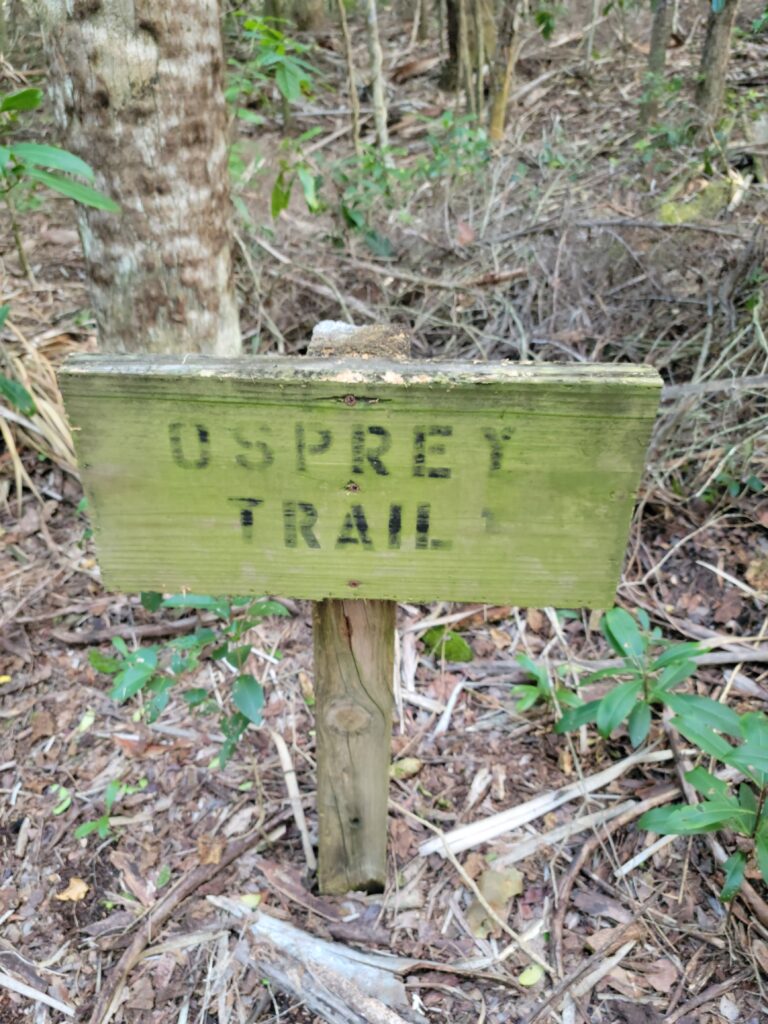
About charging your phone: the park website says you can charge your phone at the dock. Well, no, you cannot. There is a duplex outlet on a pole outside the ranger station, and that’s the only place electricity is available to campers since a storm took out all the charging ports at the dock. It’s a good system, though, and if you are willing to leave either your phone or a good battery pack overnight, chances are good you will have battery for your entire stay. If both plugs are in use, just wait an hour or so and you’ll have your turn.
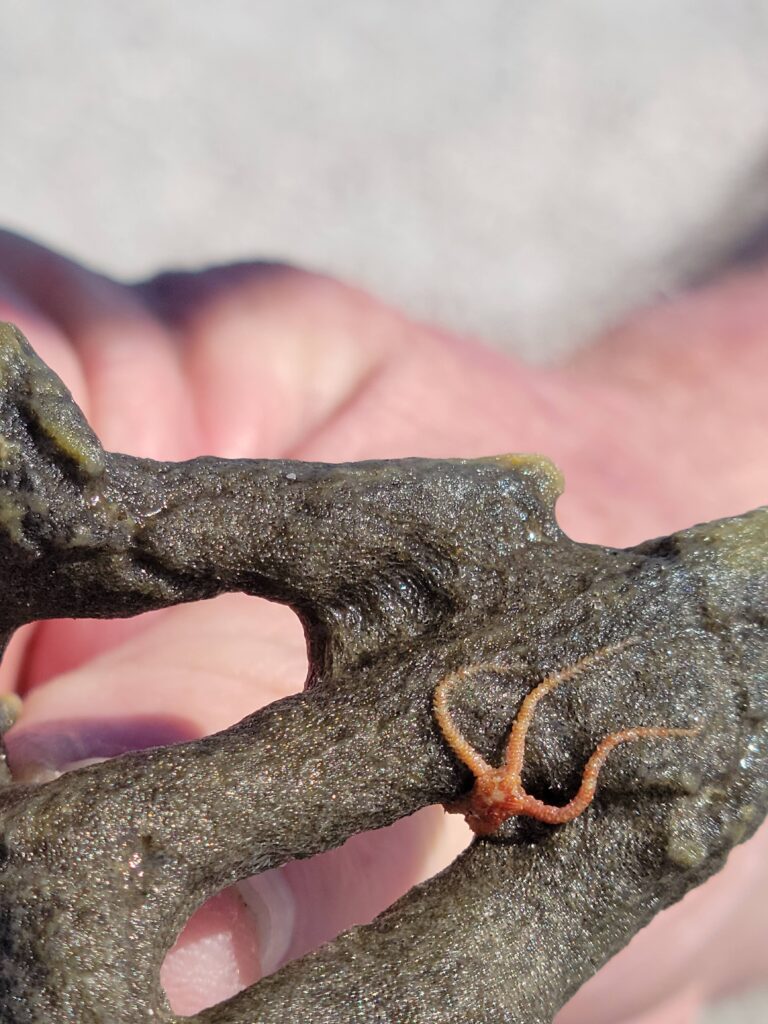
It isn’t often that I will describe a trip as idyllic, but this was an idyllic trip. We spent our days like this: I would rise before the sun, walk down to the ranger station and charge my phone for a bit, listen to my wonderful book, and then walk back to camp. When Steve got up, we would walk the beach or hike the trails of Cayo Costa. The trails are nice — well marked and you can’t get lost. On Quarantine Trail, there’s a cemetery that was as peaceful as every other remote cemetery I’ve ever visited. We tried to hike the Osprey Trail, but the recent rains had flooded the trail and we could not get through. After Steve walked my feet off, we’d have dinner, do our dishes, and laugh about falling asleep before the sun set. One night, Steve took my phone down to charge and it was there the next morning when I went to get it. I did a lot of walking in the dark, and loved the free feeling of being safe and alone for hours on end.
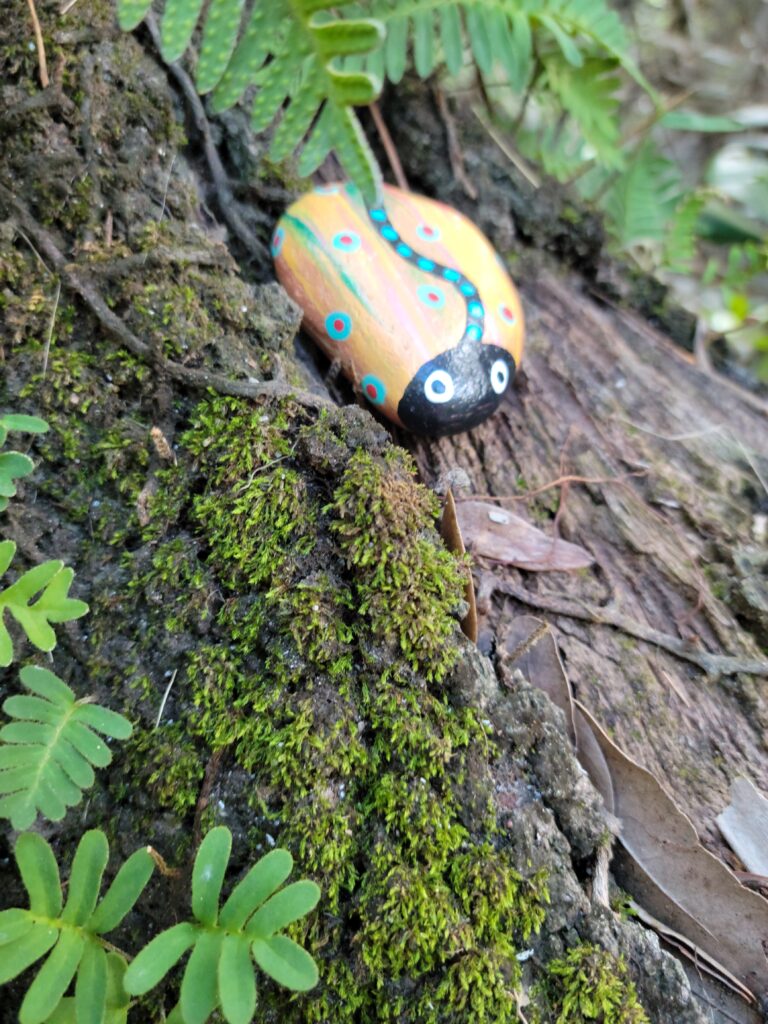
The one day that we actually sunbathed, we also gathered so many seashells that I actually ended up taking some back to the beach. The variety of shells is amazing, and we found many live shells. When I sorted them out at the campsite, I realized that even on the empty shells, some had living limpets attached, so I took those back to the beach.
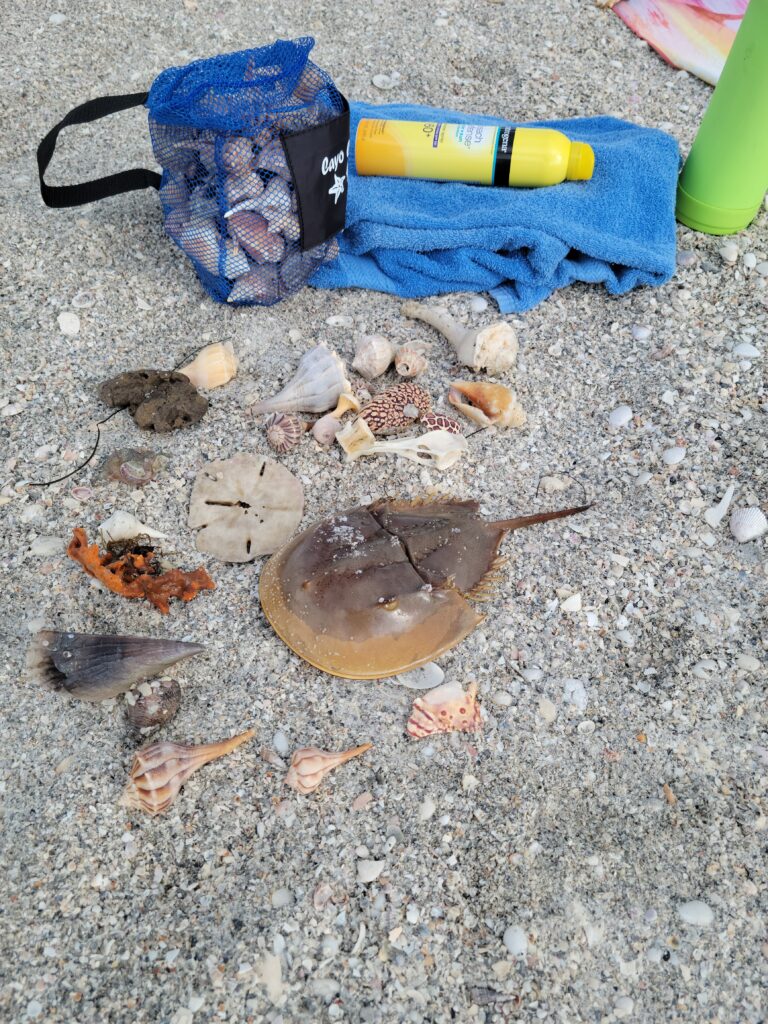
Now that we are back home and finally unpacked, I cannot stop thinking about that night sky and the feeling of safety and remoteness. I am going to do a two week trip next year, from new moon to full moon, and see what magic I can work with those gentle waves and that amazing sky. Steve will come for part of the time and bring a load of fresh groceries, and we will both come home tanned and relaxed.
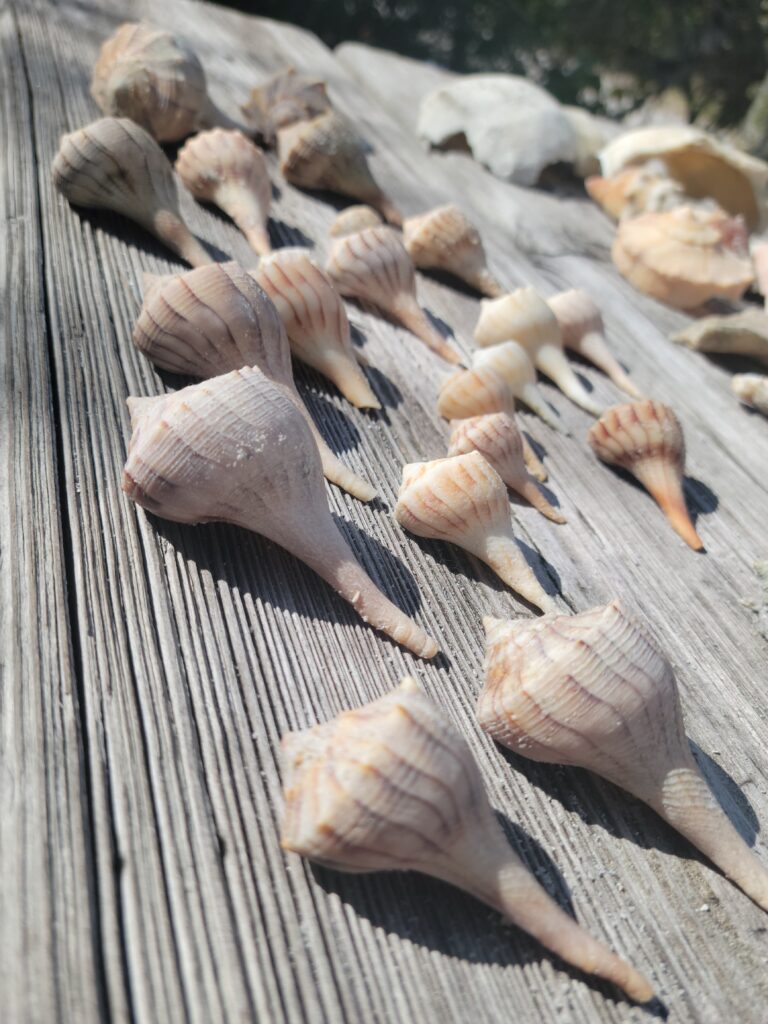
Bok Tower Gardens
Music, beautiful gardens, knowledgeable staff, and a setting that will take your breath all work together to make Bok Tower Gardens in Lake Wales a worthwhile visit. While you’re there, it’s well worth learning about their rare plant conservation program, and you may want to consider a membership as well. The Gardens have frequent special events, and provide a beautiful spot to breathe and enjoy splendid scenery in a national historic park.
Edward Bok was an immigrant to the United States from the Netherlands, and grew up to be an author and very successful editor. He edited Ladies Home Journal for 30 years, and then retired. He was an anti-suffragist, believing that women belonged in the home and should neither vote nor be educated. I won’t belabor that point, but did find it very interesting that a man so well-regarded held these antiquated views. I suppose they were not antiquated in his time.
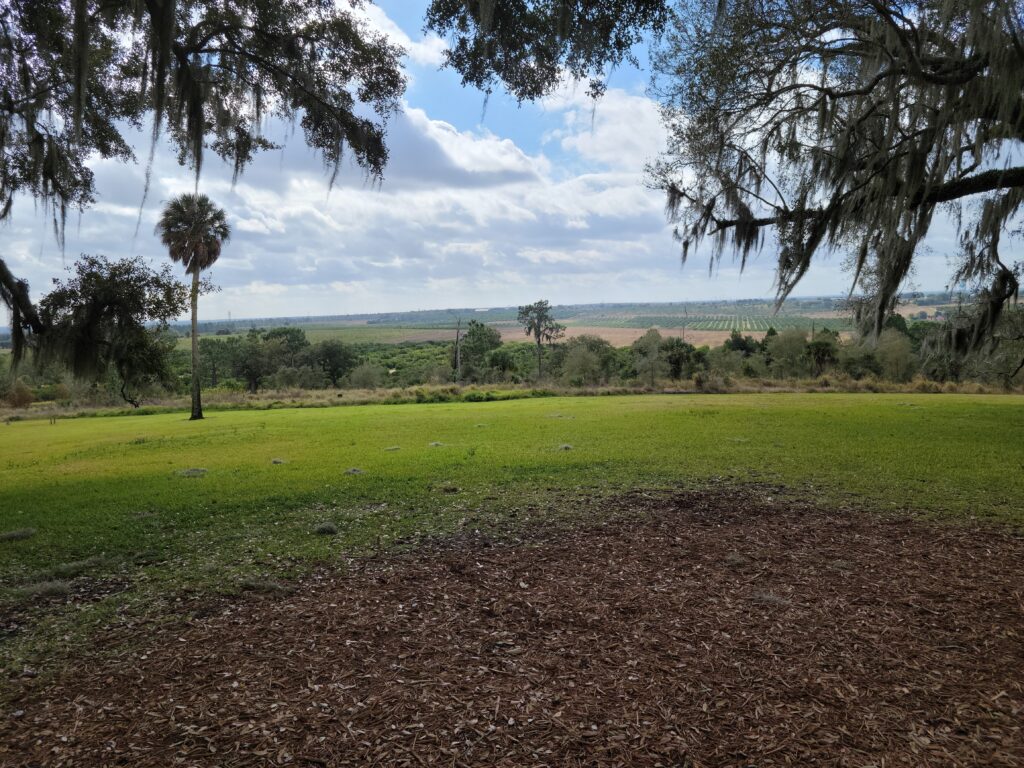
The gardens are located on the Lake Wales Ridge. Many years ago, when most of our state was under water, the Lake Wales Ridge was a series of islands. Now, the ridge comprises some of Florida’s oldest habitat, and stretches from Clermont south to Sebring. Because it is land that is high and dry, by Florida standards, the land is highly regarded by developers. The view from Bok Tower Gardens is highly unusual because there are still large expanses of undeveloped and grove lands.
In 1921, Mr. Bok bought the land at the top of the area known as Iron Mountain, and retained Frederick Law Olmstead, Jr., to design the garden. Work began digging the trenches that would house irrigation pipes, and thousands of loads of rich soil were brought in to create the right conditions for this subtropical garden. Interpretive signs throughout the garden tell the story of how the gardens and the Singing Tower came to be. The park was originally named Bok Mountain Lake Sanctuary and Singing Tower.
The tower houses a 60 bell carillon with the bells ranging in weight from 16 pounds to over TEN TONS! Every day at 1 and 3 pm, a concert is presented, and on the hour and half hour, short selections are played. Live concerts by carilloneur Geert D’hollander can be heard from October to May on Thursday-Sunday. There is a viewing area where you may watch video of D’hollander playing, but you can hear the music throughout the entire 250 acre park. The concerts include Americana, standards, and contemporary selections.

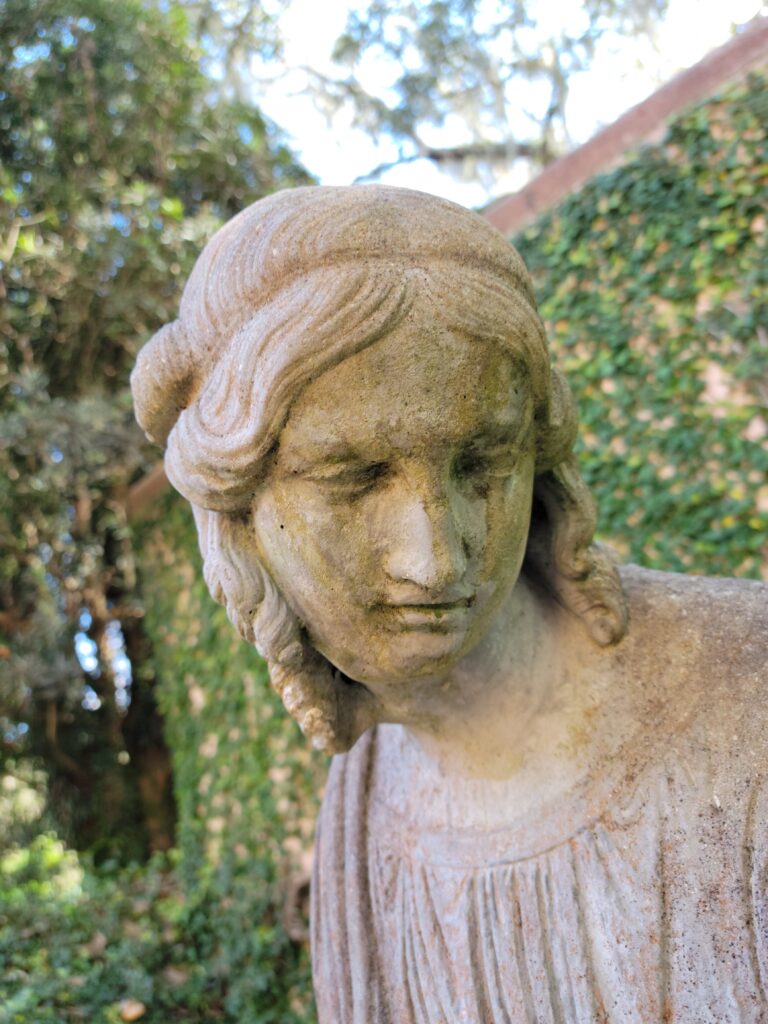
The visitor center houses great exhibits providing background on the construction of the gardens, Bok’s career and philosophy, and plant conservation. There is also a good exhibit on the carillon tower and how it works.

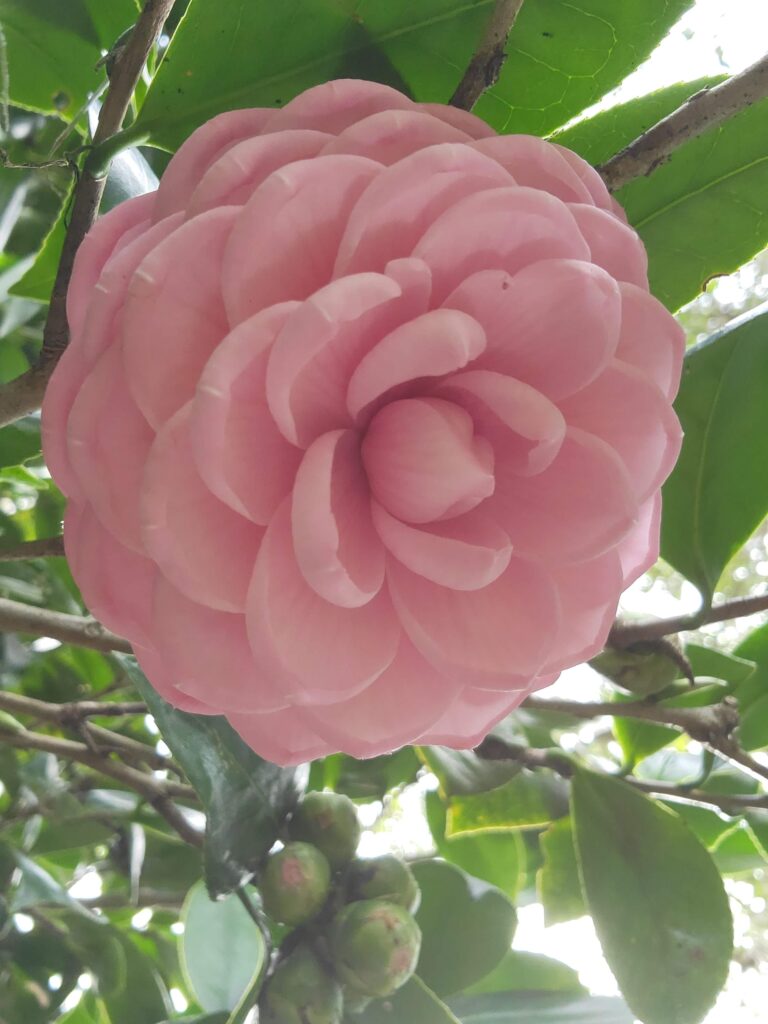
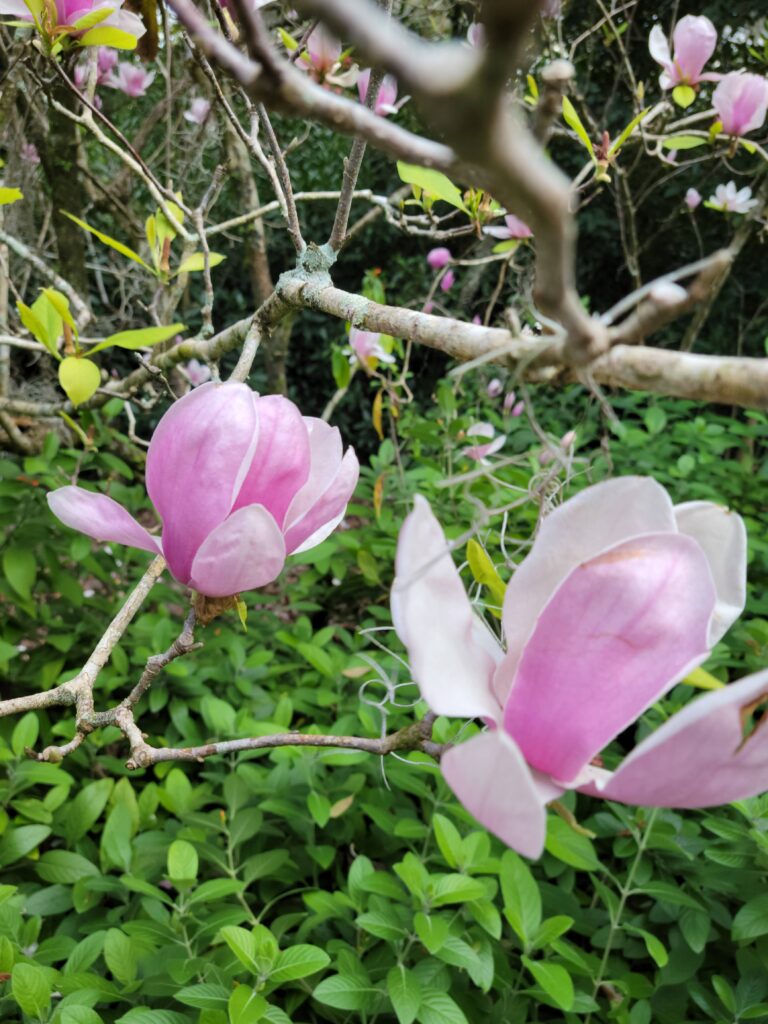
On the day we visited, the furry buds of Japanese Magnolia (pictured above) had opened into glorious pink blooms. These flowers demand that you walk a bit slower and breathe a bit deeper to fully appreciate their beauty and aroma.
There is much more to explore at the Gardens. There is a native plant area, a children’s area with the coolest sandbox ever (it’s a snake!), an outdoor kitchen that is often used by UF/IFAS to present classes. . .oh, and the Exedra. The Exedra is, I think, my favorite feature. An Exedra is an outdoor seating area, usually semicircular in shape. The Bok Exedra is marble, and was a gift to Bok from neighbors who appreciated his garden.
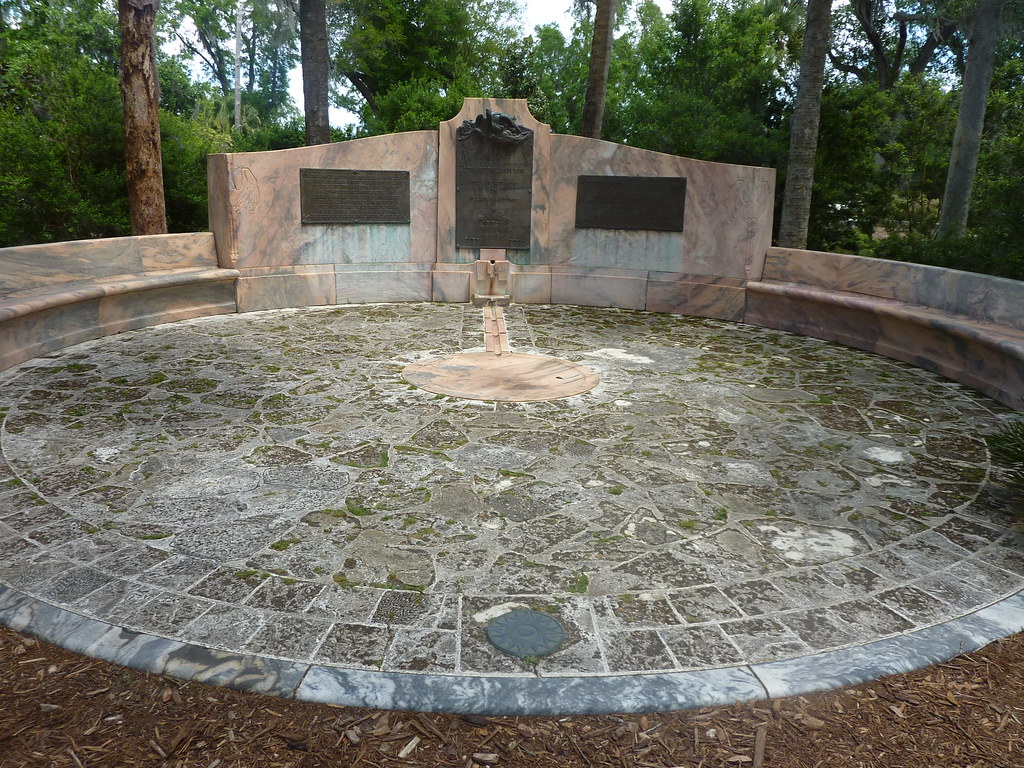
The Exedra is a great place to enjoy a shady interlude. I’ve always thought it would be fun to bring a book or some needlework and sit here for several hours. It also looks like a good spot from which to enjoy a sunset.
You are welcome to picnic on the grounds, or you can get a good lunch at the Blue Palmetto Cafe. There is a 3.5 mile hiking trail on Bok property, but outside the gardens. I’ve not yet hiked it, but it’s part of the plan for my next visit.
I may not like Bok’s view of women, but I appreciate his view of Florida and the wonders of Iron Mountain. Bok Tower Gardens is one of my favorite places to visit again and again.
Return to the Yearling Trail
Recently my friend Lisa and I returned to the Yearling Trail after an absence of several months. Steve joined us, which made the day extra special.
Here are some of the sights we saw.
Right at the start of the trail, there was an area of partridge pea that was literally BUZZING. Bumblebees were everywhere, carrying loads of pollen out of the yellow flowers.
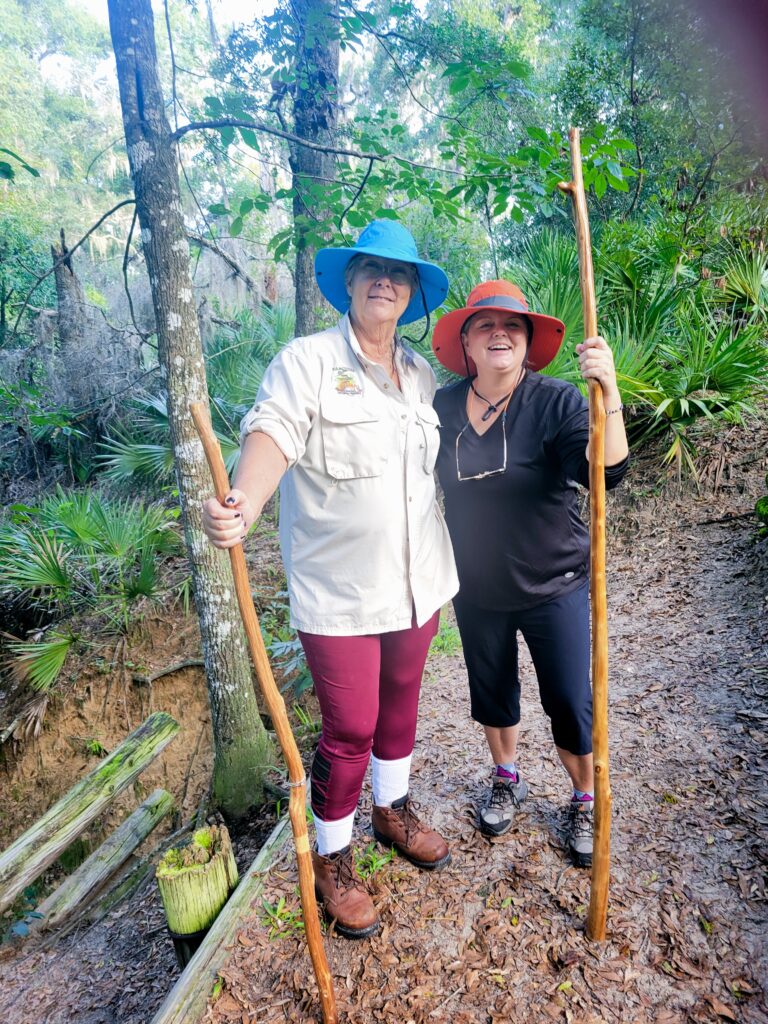
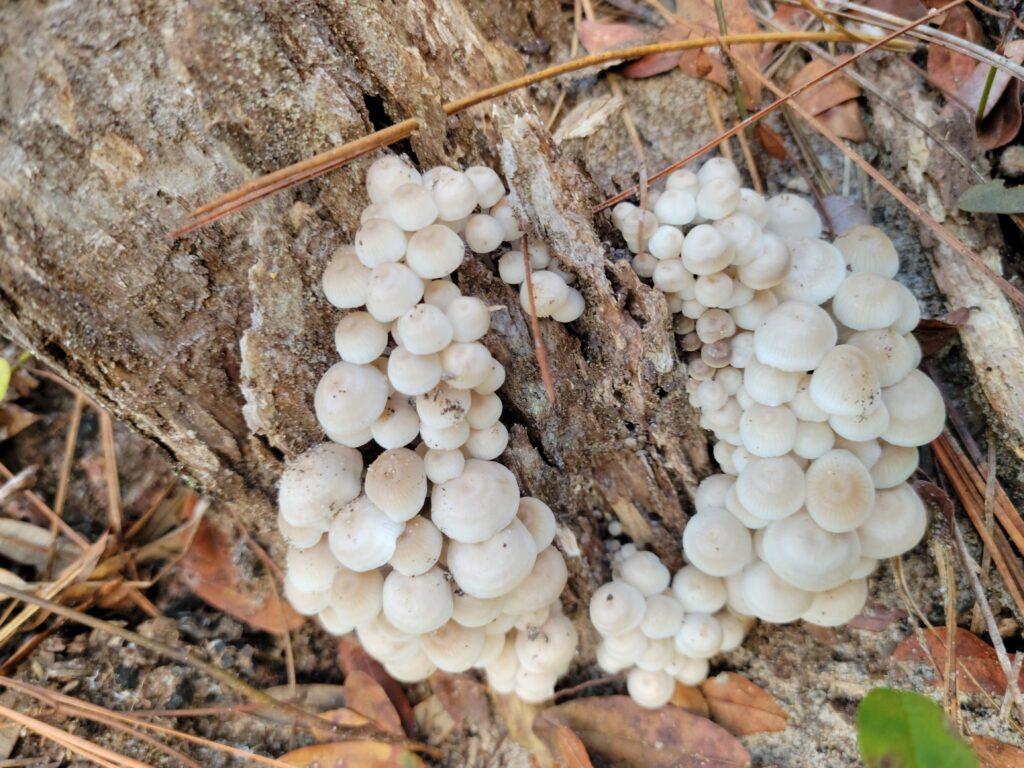
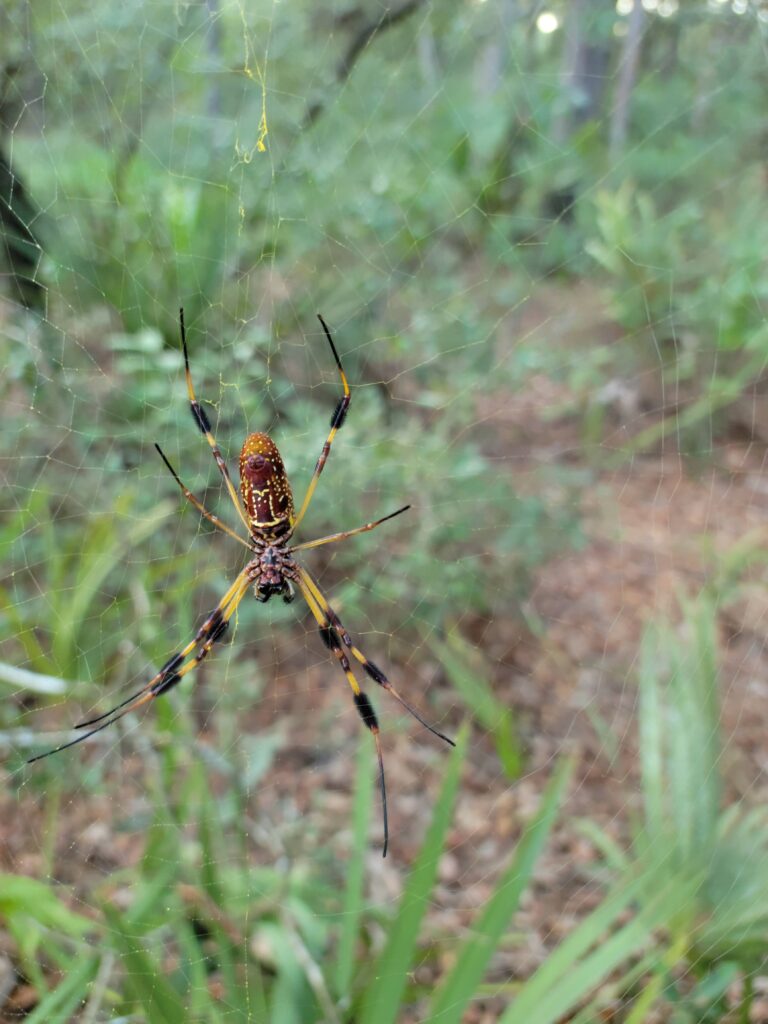
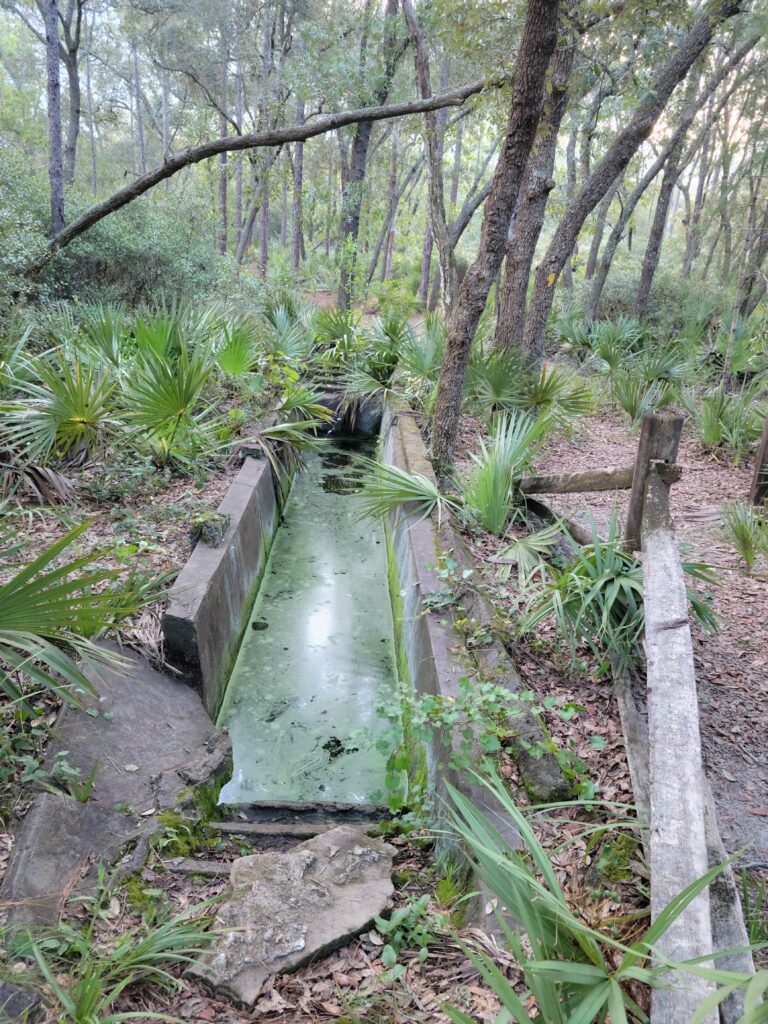
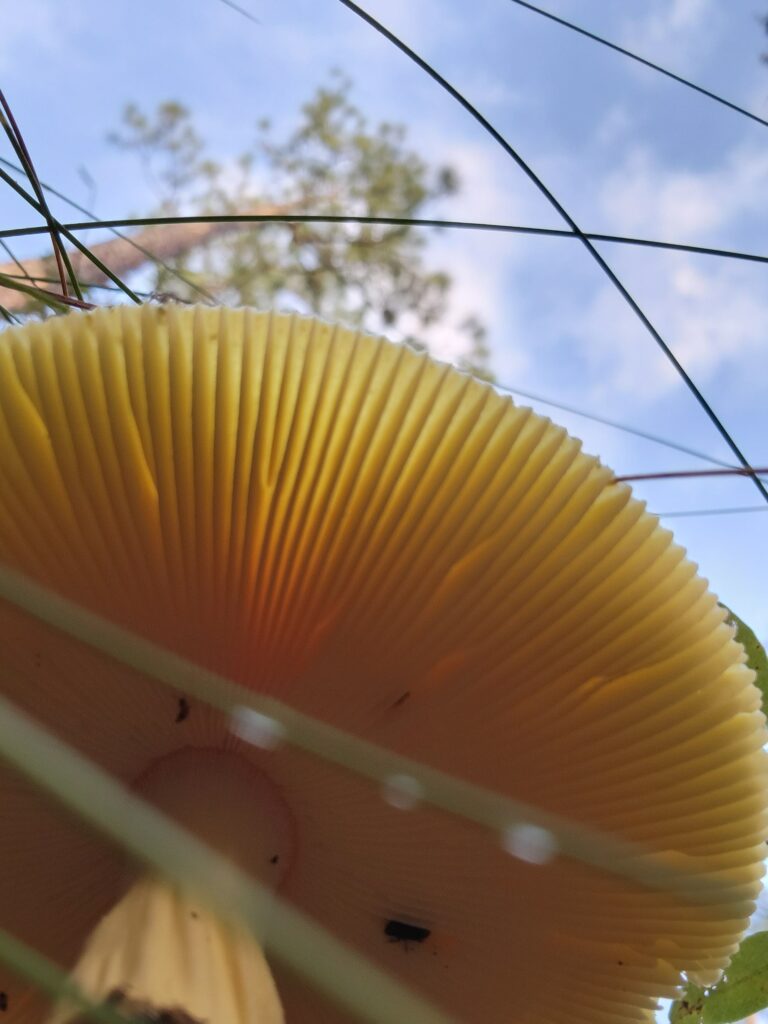
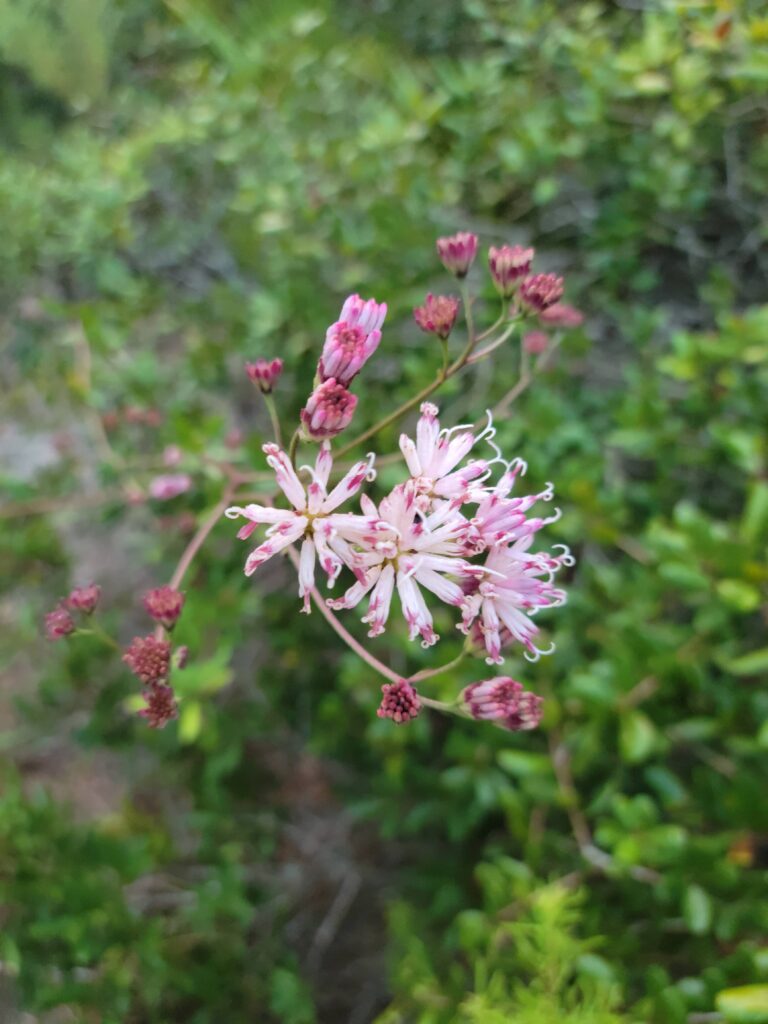
National Panther Wildlife Refuge
TITLE PHOTO CREDIT: “Florida Panther RX 04-04-14” by USFWS/Southeast is marked with CC PDM 1.0
The good news about the National Panther Wildlife Refuge is that it exists at all. This Refuge was established in 1989, and comprises over 26,000 acres of pine forest, oak hammock, and cypress strand habitats on public lands and large private ranches. The bad news is that only a very small portion of the Refuge is open to the public. This severely restricted access is necessary to properly manage the acreage to protect the panthers, so it’s a fair trade. Management efforts include a regular program of prescribed burns and removal of invasive plants. Removal of invasive plants sounds odd in a panther protection scheme, but it is a critical component of habitat management. Invasive plants actually impact how well the burns work to protect the habitat, so managing them is very important to protecting panthers.
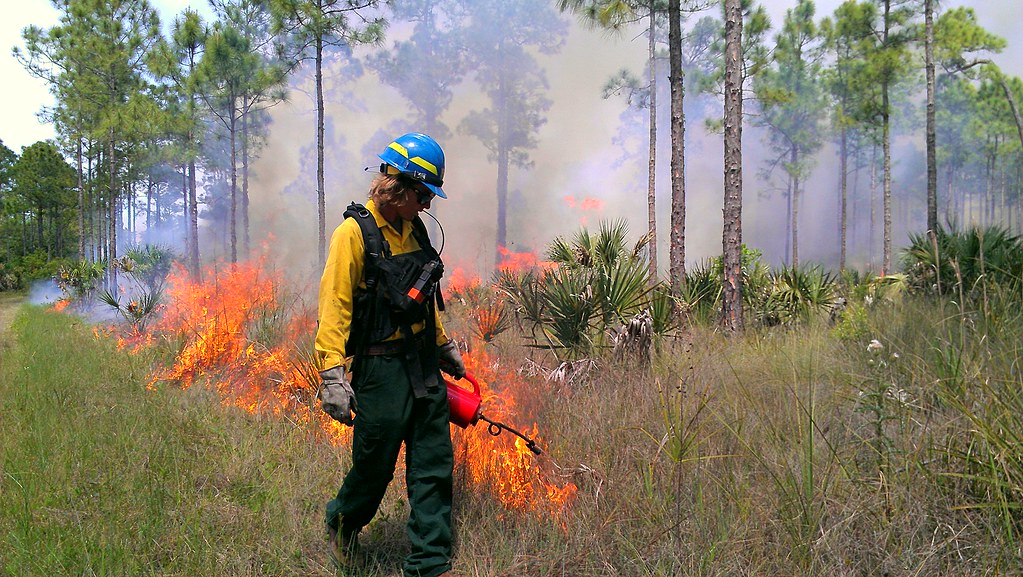
Panther Habitat
Panthers must have huge amounts of land to meet their needs. The pine forests and oak hammocks of the Refuge meet these needs, and provide habitat for the deer, wild hogs, and other smaller mammals who make up the bulk of a panther’s diet. They routinely travel through the Refuge to pass from Big Cypress National Preserve to Fakahatchee Strand State Preserve and back. Female panthers often raise their kittens within the preserve.
Public Access
There are two trails that are open the the public. One is a half-mile loop and the other is a 1.3 mile loop. If you visit during the wet summer months, you can expect both trails to be flooded in areas, and you may notice vegetation overgrowing the trail in many places. During the dry months, the trails will still have places that are noticeably damp. A visit in January left us with dry feet. Because it was so cool the week we visited, there were not even mosquitoes! In general, you should always bring plenty of water, bug spray, and sunscreen if you plan to walk either or both of the public trails. Leave your pets at home, because they are not welcome within the Refuge.
We saw a few birds on the trail, but the most interesting feature was the variety of plant life. The signage left a little to be desired, but we reminded ourselves that the Refuge is more for panthers than humans, and panthers don’t need signage.
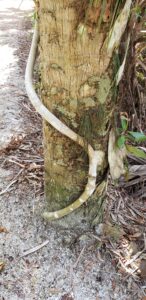
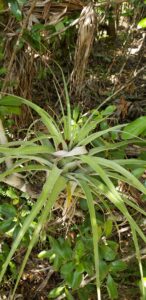
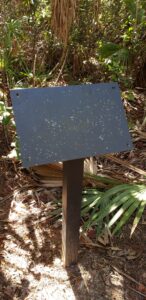
WWW – 07.28.2021
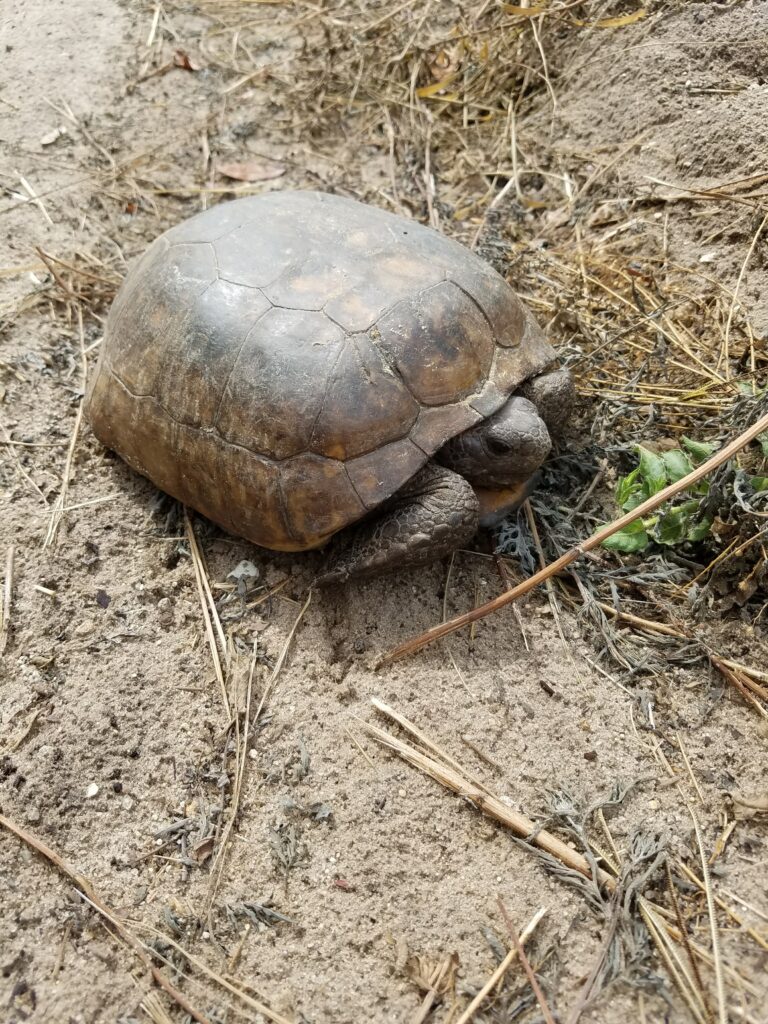
WWW – 07.21.2021
